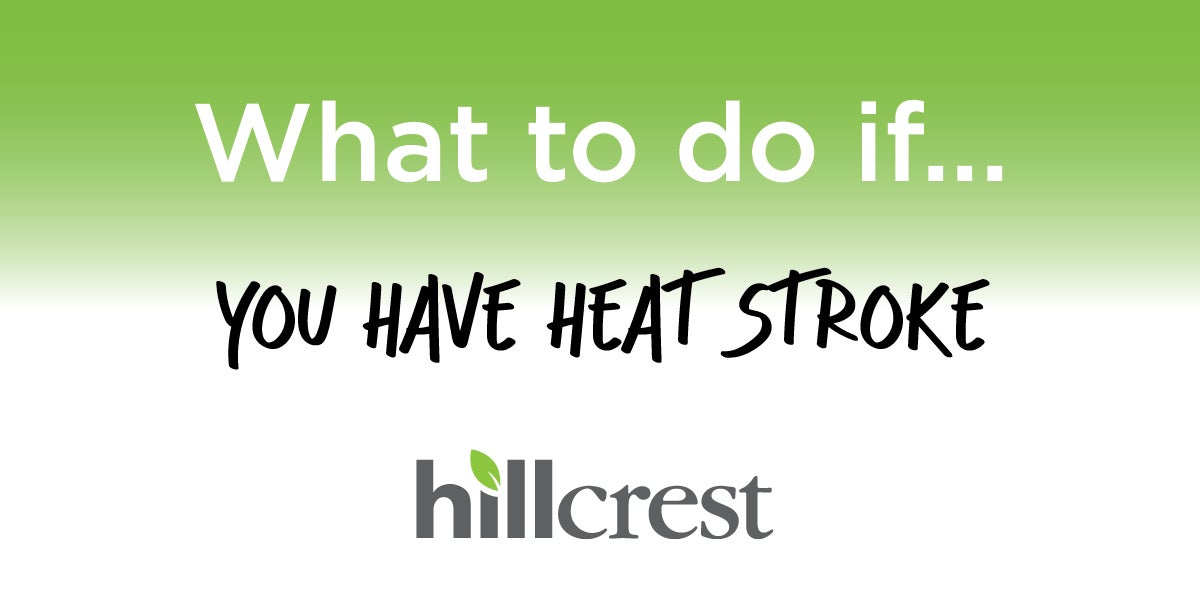July and August typically include some of the hottest temperatures of the year. Jeffrey Johnson, M.D., emergency medicine specialist at Hillcrest, offers tips if you or someone you know experiences heat stroke.
What do you need to know about heat stroke?
Most often, heat stroke happens in people who exercise in hot weather without drinking enough water.
• Heat stroke can affect older adults and those with chronic health problems if they are in hot conditions, even without exercise.
• People in hot conditions can get heat cramps and heat exhaustion, which are not as serious as heat stroke, but can lead to heat stroke, if not treated.
What are signs and symptoms of heat cramps and heat exhaustion?
• Heat cramps are painful muscle cramps. Heat exhaustion may cause headaches, dizziness, nausea, vomiting, thirst and fatigue.
What are signs and symptoms of heat stroke?
• Temperature greater than 104 F
• Confusion
• Passing out (syncope)
• Poor balance and trouble walking
• Seizures
• Muscle weakness
• Vomiting or diarrhea
What can you do to prevent heat stroke?
• Older adults and those with chronic medical conditions should avoid extreme heat.
• Avoid exercising in extreme heat. Take frequent breaks if you do exercise.
• Drink plenty of fluids.
• If you develop heat cramps or heat exhaustion, cool your body down by moving into an air-conditioned area.
What can you do if you think heat stroke occurs?
Heat stroke can lead to death, if not treated quickly. If you think you are experiencing heat stroke, go to the emergency room or call 911.

